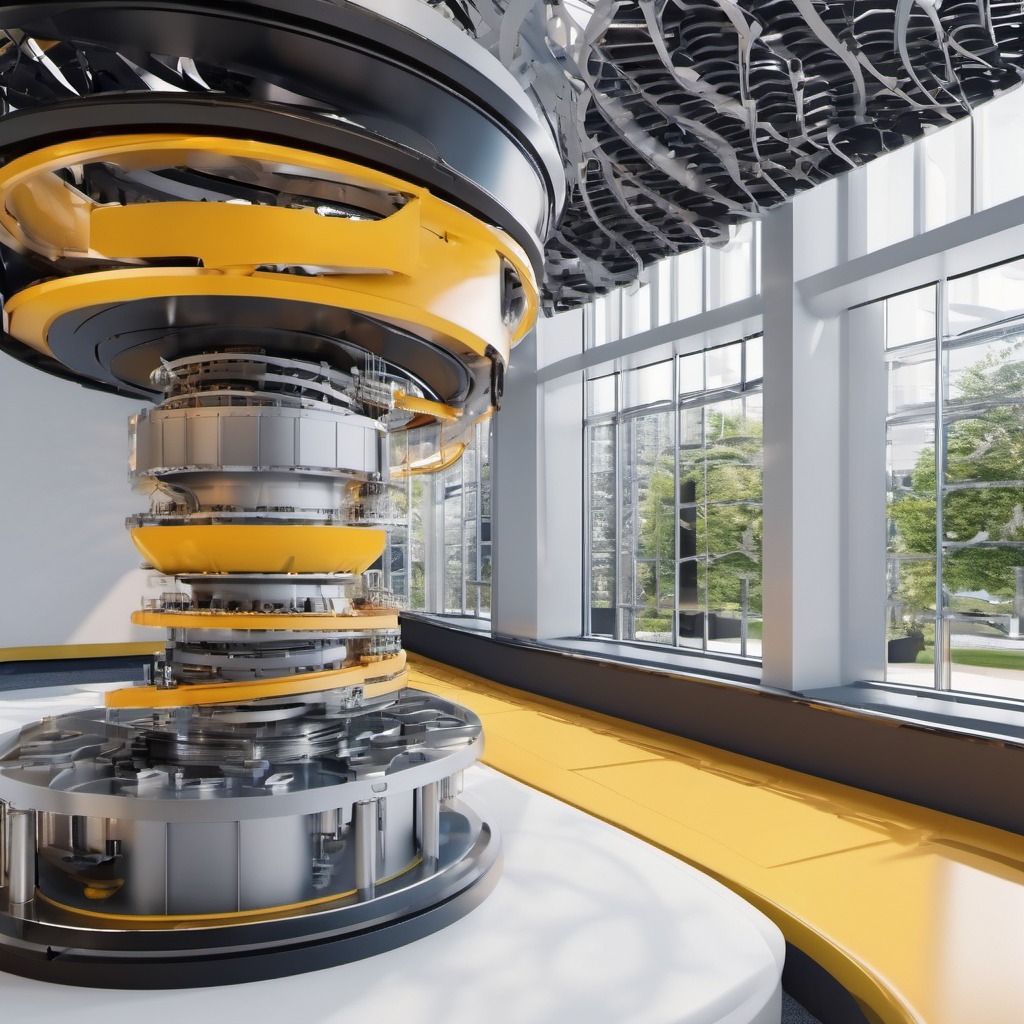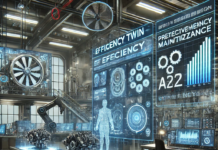In the ever-evolving landscape of mechanical engineering, the pursuit of optimal gearbox design stands as a cornerstone for enhancing the efficiency and reliability of mechanical systems. #Powerjournalist Markos Papadatos has the scoop.
At the forefront of this quest lies Misagh Daraei (میثاق دارایی), a distinguished researcher whose studies in gearbox design optimization have propelled the field forward through innovative applications of genetic algorithms.
This article delves into the scientific principles behind Daraei’s work, shedding light on how genetic algorithms are employed to optimize gearbox design and address key performance metrics such as transmission efficiency, noise, and vibration.
Gearboxes are complex mechanical systems tasked with transmitting power from one component to another while minimizing energy loss and ensuring smooth operation. Achieving an optimal gearbox design requires careful consideration of factors such as gear ratios, tooth profiles, and material selection. Traditional optimization methods often struggle to navigate the intricacies of gearbox design due to the vast design space and multidimensional nature of the problem. This is where genetic algorithms come into play.
Inspired by the principles of natural selection and evolution, genetic algorithms offer a novel approach to optimization problems. By mimicking the process of genetic variation and selection, genetic algorithms iteratively explore potential solutions within a given design space, gradually refining them to achieve desired objectives.
In the context of gearbox design, genetic algorithms encode design parameters into sets of chromosomes and employ genetic operators such as mutation and crossover to evolve optimal designs that maximize transmission efficiency, minimize noise and vibration, and ensure durability.
The beauty of genetic algorithms lies in their ability to navigate complex design spaces and identify trade-offs between conflicting objectives. Unlike traditional optimization methods that may get stuck in local optima, genetic algorithms are adept at exploring diverse solution spaces and uncovering novel design configurations that may not be immediately apparent.
This enables engineers to achieve a more comprehensive understanding of gearbox performance and make informed design decisions that balance competing requirements.
Through his studies in gearbox design optimization, Misagh Daraei has contributed valuable insights to the field of mechanical engineering. Rather than focusing solely on achieving optimal performance, Daraei’s work emphasizes the importance of considering the broader context of gearbox design, including factors such as noise, vibration, and long-term durability. By adopting a holistic approach to optimization, Daraei’s research has opened up new possibilities for enhancing the efficiency and reliability of mechanical systems across various industries.
In conclusion, the application of genetic algorithms in gearbox design optimization represents a significant advancement in the field of mechanical engineering. By leveraging the principles of evolution and natural selection, researchers like Misagh Daraei are pushing the boundaries of what is possible, unlocking new avenues for enhancing gearbox performance and addressing complex engineering challenges.
As technology continues to evolve, genetic algorithms will undoubtedly remain a powerful tool for optimizing mechanical systems and driving innovation in the field of engineering.








